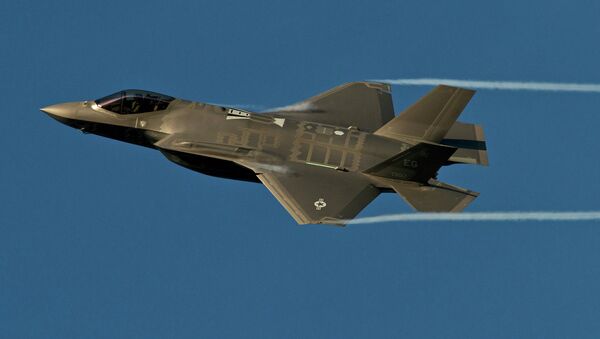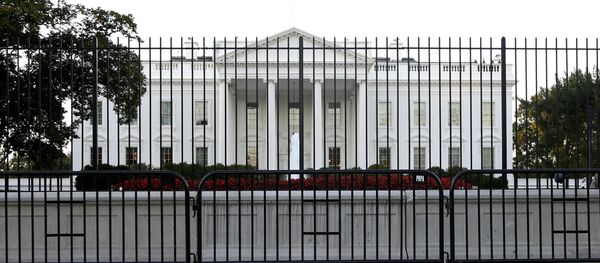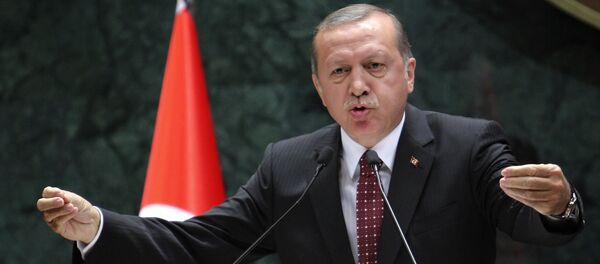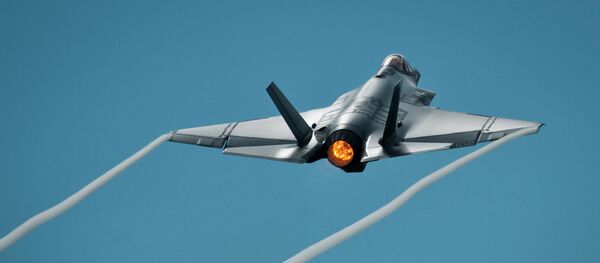The US Air Force is exploring replacements for the F-35 Martin-Baker ejection seat, citing revelations that the seat could endanger pilots, according to Defense News. This marks the latest setback for the F-35 fighter jet that has cost US taxpayers over $1.5 trillion.
The decision to consider alternatives to the Martin-Baker ejection seat followed a government report finding that pilots below 136 pounds faced a high likelihood of suffering a fatal neck injury upon ejecting from the fighter jet. Pilots weighing between 136 and 165 pounds also face an "elevated level of risk" due to the defective ejection seat.
Ejection seats hold a special importance for pilots of the $250 million fighter jet in light of recent tests that show the fifth-generation fighter spontaneously shuts down mid-flight due to ongoing software malfunctions.
After a steady stream of delays, the advanced aircraft was not expected to be cleared for mass production until sometime in 2019, the planes being combat-ready by 2021. Industry experts believe that the defective Martin-Baker ejection seat risks delaying production of the F-35 even further by disrupting Lockheed-Martin’s supply chain and workshare strategy.
Despite the potential for enhanced delays in the fighter jet that has cost the American people more than the gross domestic product of all but the eight richest countries, Air Force Lt. Gen. Arnold Bunch, the service’s top uniformed acquisition official, confirmed that the service intends push forward, potentially relying on United Technologies’ ACES 5 ejection seat as an alternative.
"We believe it is prudent to look at what it would take to qualify the ACES 5 seat as a potential risk mitigation step if additional things happen as we go through the testing of the Martin-Baker seat," Bunch said Friday. "We believe it’s prudent to determine what it would cost, how much [impact there would be on] the schedule, what the timeline would be, if something else happened and we wanted to go a different way."
The US Air Force is slated to buy 1,763 F-35A fighter jets, making it the single largest customer in the program. Given that the Martin-Baker ejection seat included as a generic component in the Lockheed aircraft, other American military branches are likely to run into similar issues.
Under the current industrial partnership agreement, UK companies produce about 15 percent of each F-35 jet, creating and supporting over 24,000 British jobs. If the US Air Force does pursue purchasing replacement ejection seats from US-based United Technologies, it will likely still need to pay full cost on the defective seats from UK-based Martin-Baker in order to comply with the agreement.
A US Air Force source warned that this complication could result in a substantial premium over the existing cost for the F-35 fighter jet, threatening to bankrupt the fighter jet venture altogether.
"Instead of one seat, you have two separate seats with supplies/supply chain duplication," the source said. "That would drive costs skyrocketing for everybody because it impacts quantity of scale because the Air Force has the largest majority. Then costs go up for both the Air Force and the rest of the enterprise."
The US Air Force now faces the troubling reality of either forcing US taxpayers to spend billions in extra expenses for a jet that may not be operable for another decade, or placing fighter pilots into a malfunctioning aircraft without a safe ejection capability.






